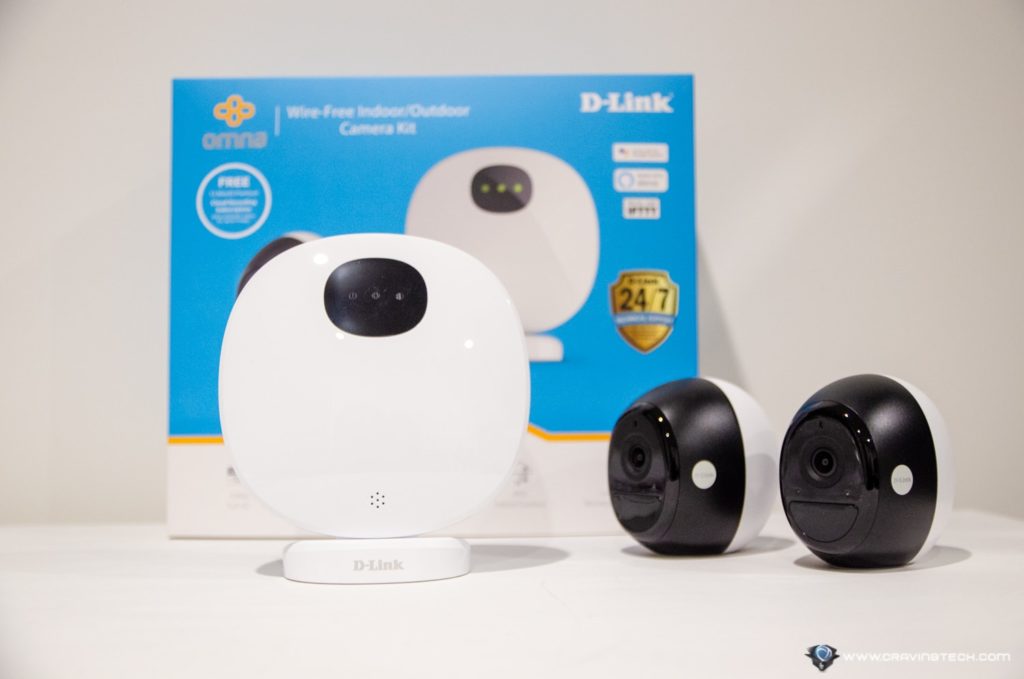DiDiT DAC212 Signature Edition Preamp/Headphone Amplifier REVIEW
Summary
$7350
RICHARD VAREY is sonically transported to audio nirvana by a preamp with a raft of clever technologies.
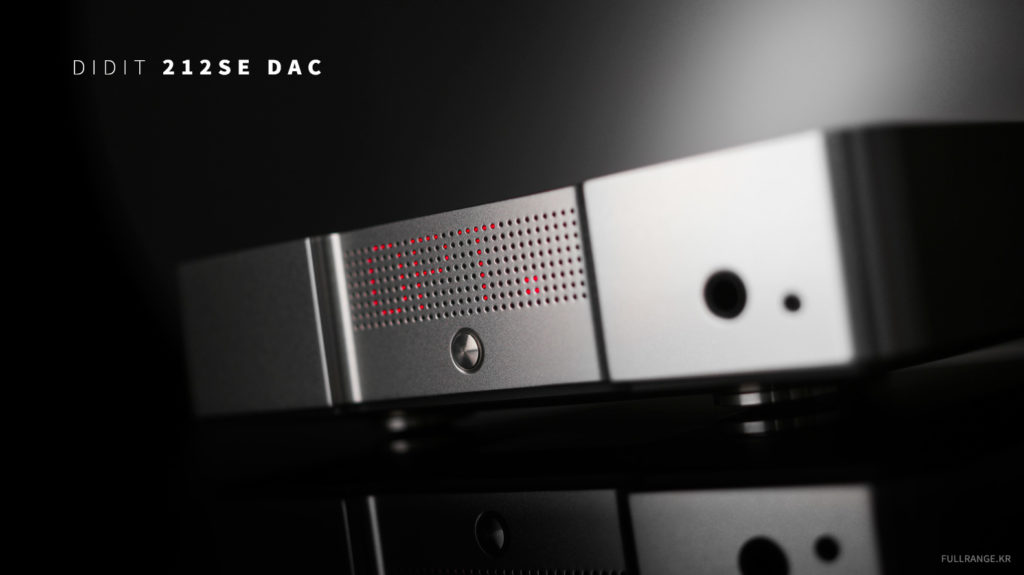
In the Netherlands, there’s a hi-fi company of experts in electronic design and components, and in music and recorded music reproduction, and they’re doing something special. This partnership strives to be different in design, and different in technology – hence its moniker DiDiT – and this smart component is the result of their ethos and development efforts.
On the surface, the concept is hardly new or unique. So many DAC/digital pre-amps to choose from! Yet, here is a digital playback component that is very different in design to deliver pure music signal for “exceptional musicality and tonal rightness”.
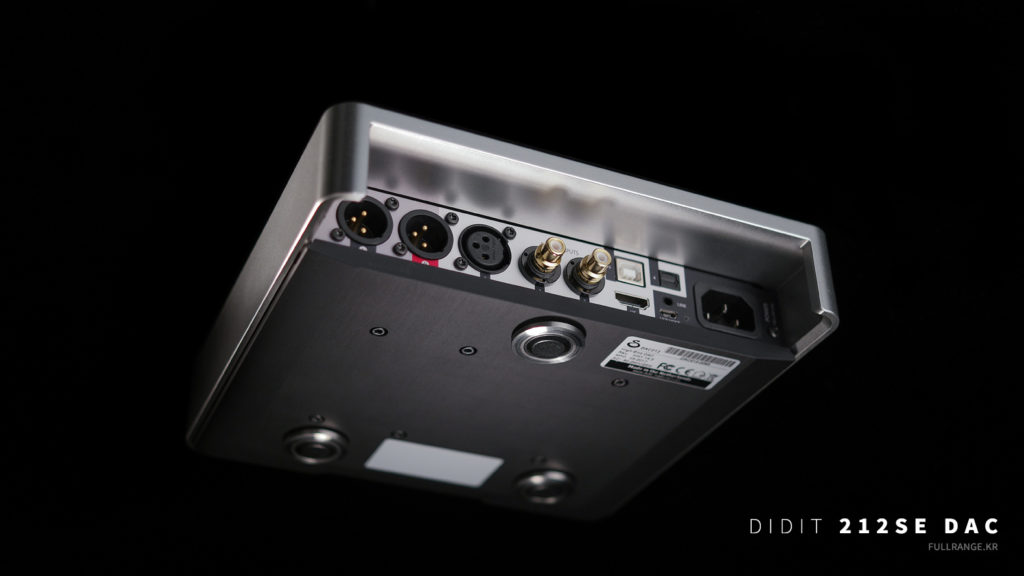
Device desirability is a diverse domain. Hi-fi equipment is bought for brand promise and reputational assurance by quality seekers and by brand fans, or bought for fascinating functionality by gear geeks, or as conspicuous bling by bread heads. Sometimes the desirability springs from the design concept and producer ethos. This is one such case for artisan acolytes and style savvies.
This is an intelligent digital pre-amplifier with USB streaming connectivity and DSD/DXD decoding. It appeals both for its engineering concept and aesthetic ethos, and can boast some unusual features.
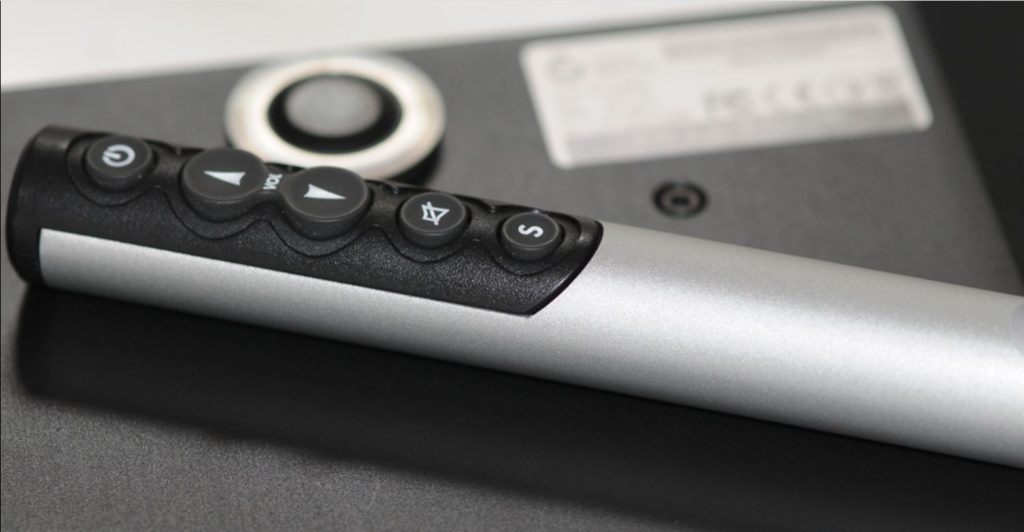
A precision-machined billet of Aluminium is a (literally) cool thing to handle. Add a raft of novel and special electronic features, and a star device is crafted.
Even as the carton is opened, the desire to be different is evident in the sculpted cork safety packing, which makes the box 2.86kg when the device is not even in it. This is, indeed, no lightweight. The remote control unit is visually also very distinctive.
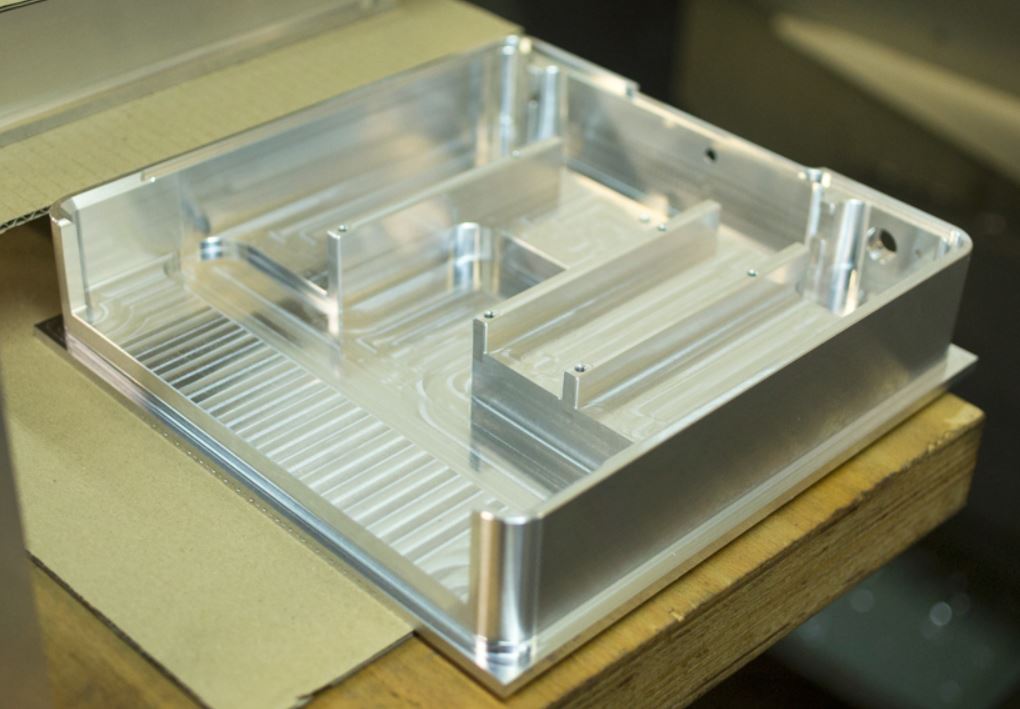
A quick read through the user guide also reveals notable features – a pinhole display, XLR balanced outputs, Toslink, I2S (HDMI), and the 212 x 212 x 50 mm and 2.7 kg single machined Aluminium billet case. Inside are a few choice features, too: 32-bit ES9018 Sabre DAC, Common Mode Rejection circuit noise elimination, special attention to vibration elimination, 500mW headphone output, ultra-wide frequency response (DC to 50 kHz +/- 0.1 dB), output impedance just 1.6 Ohm, DSD64-DSD512 up to 384kHz on the USB input, DXD352.8-DXD384, PCM up to 192kHz on the SPDIF and AES/EBU inputs, Bluetooth streaming, and customisable intelligent volume control.
Especially appealing features include the oblong array of tiny perforations, behind which glows a read light then the DAC212SE is operating. This displays information about settings and allows selection of options, and is an elegant alternative to a display screen. The volume control can be switched ‘out’ when using the unit in DAC mode, and ‘in’ when operating as a pre-amplifier; it can be switched to main control on all inputs, or into multi-mode for separate control of each input. The three stainless steel and Sorbothane feet isolate this device from micro vibrations. In addition, the circuit has very low impedance and true differential architecture to cancel any interference and reduce distortion.

There’s a lot of technology packed into the circuitry, with the design aim of reproducing the original input signal without adding artefacts. The output is claimed to be very natural, transparent, and three-dimensional.
The DAC212 distinguished itself in my system right away. Most importantly, no matter what input I used, the sound quality of my music being played through it was always superb. Secondly, and of particular importance to me, is that the playback was never interrupted, and didn’t hang up or fade. This has been a niggle with some other digital players I’ve tried, especially on USB where the signal was unpredictably lost and required reboots, sometimes repeatedly – an annoyance that spoils music listening dramatically. My JRiver Media Center file player software recognised the device instantly, and that was it. Perfect playback for as long as I could stay on the sofa. The unit stayed cool, even on daylong listening sessions, and the remote control was responsive and uninterrupted.
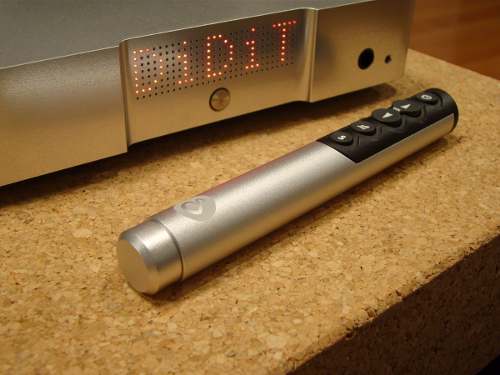
I was able to listen with the unit in my system for several months, courtesy of the New Zealand importer Ian Brown (Critical Sound Information, Hastings).
On arrival, a snag was evident in that the DAC212SE has only XLR balanced line outputs, and my own Viganoni & Viganoni Sachem Pure pre-amplifier and V2 monoblocks have RCA unbalanced inputs. This was resolved initially when Ian obtained a pair of rather neat special XLR-RCA adaptors for me to use – essential to ensure that the differential circuit connections were correct. Later, a review sample of the new Black Ice Audio F360 pre-amplifier arrived, and this has a balanced input.
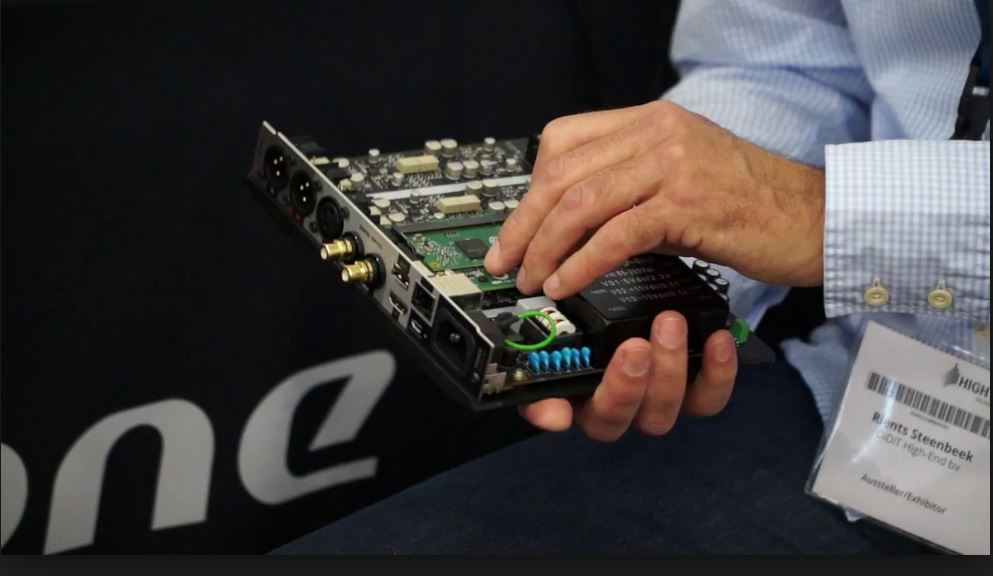
My extensive listening was always a real pleasure, with not a hint of ‘digital’ disappointment. I compared playback quality with the direct XLR-XLR connection and with the XLR-RCA connection, and the sound was pretty much the same, with perhaps a hint of additional brightness, and thus apparent dynamics, on the ‘true’ balanced option.
So, did I like the DAC212SE in my listening system? That’s a resounding and emphatic yes. At times, its unassuming size, cool appearance, and totally hassle-free operation put it out of notice when I was listening to music. But crucially, music sounded so natural and enjoyable that this component could easily be considered a resounding success in accomplishing the design aim of outstanding musicality and right tonality.








